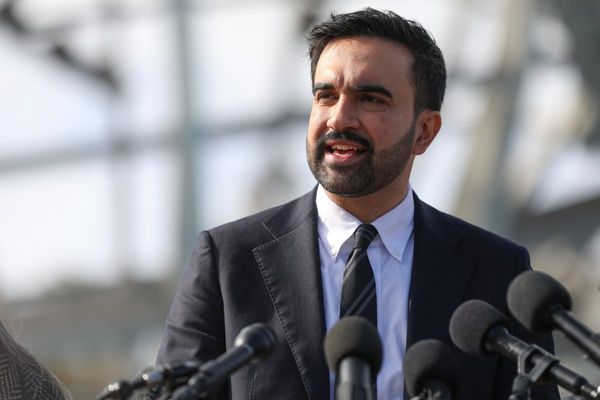
In a major strategic decision to bolster country's deterrence power, the United Kingdom has announced the most comprehensive military reform since the Cold War, investing over £15 billion ($19 billion) into nuclear defence, cyber security, and advanced military technology.
The newly launched Strategic Defence Review 2025 urges immediate action keeping in view the emerging global threats evolving rapidly.
'The strategy is designed to protect national interests, secure critical digital infrastructure, and modernise Britain's fighting forces to meet the demands of modern warfare,' said Defence Secretary Grant Shapps.
Why the UK Is Revamping Its Defence Strategy
The current global security environment is more volatile than ever as could be gauged from the Russian aggression in Eastern Europe to escalating cyberattacks on Western infrastructure.
UK faces threats that extend beyond traditional warfare as aptly put by Shapps: 'We're acting now to defend against tomorrow's threats. The plan sets a clear goal: build a force that is agile, digitally superior, and prepared for hybrid warfare.'
Nuclear Deterrence: £15 Billion for Security Below the Surface
A significant portion of the overhaul is allocated to renewing Britain's nuclear deterrent. This includes:
- Development of the Astraea A21 thermonuclear warhead, set to replace the ageing Holbrook system.
- Production of up to 12 SSN-AUKUS nuclear-powered submarines, in collaboration with Australia and the United States.
These next-generation submarines will ensure Britain's second-strike capability remains credible well into the 2040s. The investment signals a long-term commitment to strategic deterrence at sea.
AI, Drones and Cyber Forces: A New Era of Conflict
The modern battlefield is increasingly digital, and the UK is adapting fast. The reform includes:
- Formation of a Digital Warfighter Group, integrating AI and drones for reconnaissance and precision targeting.
- A Cyber and Electromagnetic Command to tackle electronic warfare, misinformation, and data breaches.
- Space-based surveillance upgrades and enhanced protection for undersea fibre-optic cables.
Despite the shift towards digital assets, the Army will retain 100,000 troops, preserving flexibility in both physical and cyber operations.
Defence Spending: What It Means for the Public Purse
The government aims to raise defence spending from 2.3% to 2.5% of GDP by 2027, increasing the annual defence budget from £54.2 billion ($68.5 billion) to approximately £65 billion ($82 billion). This move brings the UK closer to NATO's evolving benchmarks and ensures a stable funding stream for long-term defence goals.
While this expansion may strain public finances, proponents argue it will create economic value by supporting skilled jobs and protecting critical infrastructure.
Jobs, Communities and Regional Benefits
This strategy is not just about weapons and war. It's also about economic regeneration:
- Thousands of new jobs are expected in defence engineering, AI, and shipbuilding.
- Towns like Barrow-in-Furness, home to submarine production, will see increased investment and employment.
- Cyber hubs in areas such as Cheltenham and Manchester will expand, offering training and long-term career paths in digital defence.
Anna Richards, a systems engineer in Cumbria, remarked: 'It's about securing futures—ours and the country's.'
Fixing the Gaps: Medical Readiness and Ageing Systems
The review highlights serious operational gaps, exposing weaknesses in readiness and response:
- Under-resourced medical units and poor mobilisation capabilities.
- Vulnerabilities to AI-driven threats and biological weapons.
- Outdated facilities limiting secure intelligence gathering.
Addressing these weaknesses is vital if the UK is to remain credible on the global stage.







